When looking to improve performance in your organisation or team how much thinking do you do about ‘interferences’? Those things that could be getting in the way of people performing to their potential, therefore impacting on overall business performance.
Taken from a book, ‘The Inner Game of Tennis’, Timothy Gallwey suggests that to truly unlock potential you need to remove these ‘interferences’. Let’s look at a simple equation:
Performance = Potential – Interference
Or
Pe = Po – I
If potential is always at 100%, but you recognise performance isn’t at 100%, then how much interference is there? 20%? 30%? 40%? What is it in your organisation?
What has the greatest impact on performance and productivity?
Interferences can take many shapes and forms. These could be real organisational issues, imagined frustrations, assumed barriers or long held beliefs. It could even be ‘the way things get done around here’, the way they’ve always been done.
For now, we’re going to focus on how the thinking in the organisation can be an interference.
Your thinking is made up of four components as shown in the Go M.A.D.® Thinking Effectiveness Model below.

The things people are saying to themselves, asking themselves, remembering or imagining could be helpful or hindering. It’s important to realise the impact hindering thoughts could be having on productivity.
Questions to ask yourself are:
- To what extent are your people thinking helpful thoughts (helping them to move forward) or hindering thoughts (holding them back or worse)?
- To what extent might this be interfering with their performance and productivity?
The answers to these questions are key and this diagram highlights the link between thinking and the results achieved.
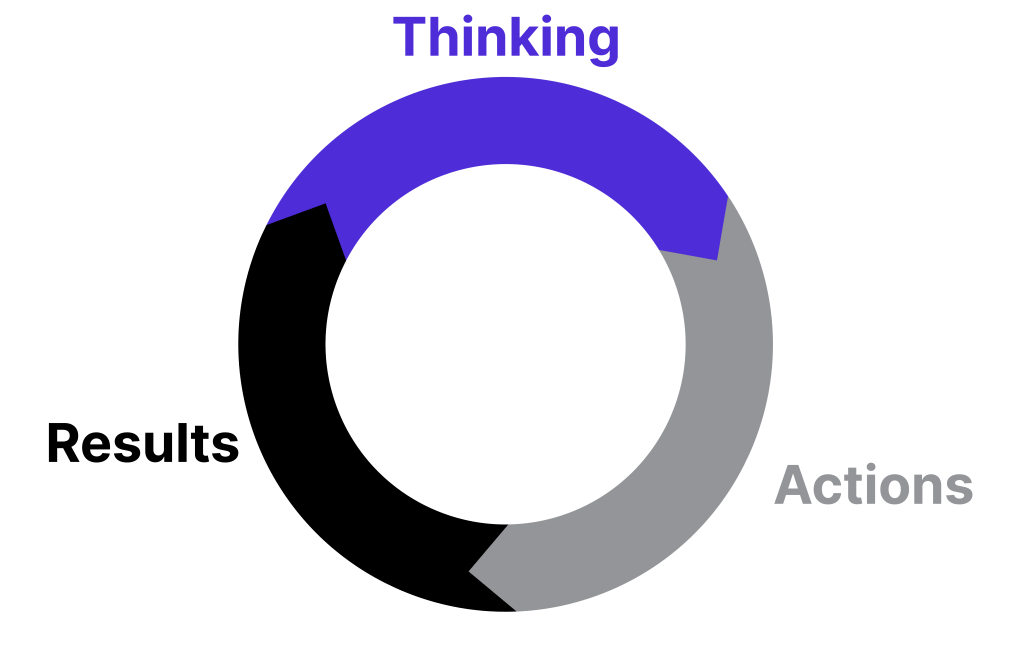
Is the thinking in your organisation conducive to producing the best actions to get the results you want?
Or perhaps people are thinking things such as:
- “What are we doing this for?” because they’re not clear on the vision or purpose.
- “My manager doesn’t care, so why should I?” due to uninspiring leadership.
- “I’m not capable of doing this?” as self-doubt creeps in.
These are just a few examples of the thousands of thoughts that could be going through people’s heads. And all of these will be interferences to achieving that 100% performance.
Most organisations can identify the organisational interferences including things such as outdated systems and not fit for purpose processes. However, your real competitive advantage will come from unlocking the hindering thoughts within your business. This will clearly point you in the direction of the main interferences, which you can then work to remove.
Work on the thinking to impact on the results
If people think the organisational goals or their individual objectives are impossible to achieve, their actions will support that belief and guess what? The goals and objectives aren’t achieved.
How can you as a leader impact on this? How could you possibly create the belief and confidence that influences levels of engagement and accelerates results? So, you will not only have people leaving work with the feeling of having a good day, but a productive day too.
Adapted from our book Engage and Empower these 5 tips will help you with your thinking around this.
How to create the confidence to accelerate results
- Create an environment where people can share hindering thoughts and be encouraged to move towards more helpful thoughts. You could introduce thoughts ‘check-ins’ at the start of meetings. Invite people to share their thinking helpful and hindering. Or kickstart meetings by focusing only on helpful thoughts, about the meeting, the topic, that day at work or whatever feels right.
- Listen to the language you use. Do you talk to others repeatedly about how hard and difficult a task is going to be? This will create a hindering imagined future for people of having to work long hours, wading through problems and battling with others to get the work done.
- Avoid dwelling on previous failures and dredging them up and raking over them at every opportunity. Reframe those hindering thoughts into helpful ones by asking what lessons can be learned and what could be changed as a result.
- Make it part of your culture to talk through hindering thoughts as a way of overcoming problems. If people feel they will be perceived as negative for sharing hindering thoughts, they will hold on to them. This might result in them sharing them with colleagues (and potentially customers). Left unchecked they grow and become ingrained.
- Help people understand how their own thinking can get in the way of them reaching their full potential.
This is just a snapshot of things for you to think about as a leader. For more tips on this topic and more about your role in influencing the thinking (and therefore the results) within your organisation explore the Engage & Empower book for 277 ways to improve productivity to accelerate results.
